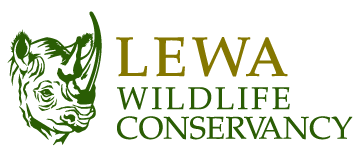The Challenge
Despite the global condemnation of poaching and the resources that have been mobilised to safeguard
endangered wildlife, well-funded and well-equipped poaching groups continue to pose a real threat to Africa’s wildlife.
As long as the illegal demand for wildlife-related products exists, endangered species worldwide, even those under Lewa’s protection, will be
under constant threat.Lewa must continually adapt to the rapidly evolving threat of poaching in order to protect the wildlife under its care.
North of our boundary lies a traditionally unstable landscape with occasional cases of cattle rustling, road banditry and inter-tribal conflict.
Our team is regularly called upon to support local law enforcement authorities in ensuring that the landscape remains safe.
A safe landscape for people in also a safe landscape for wildlife.
93,000 acres of rahino sanctuary
Lewa is home to 14% of Kenya’s
entire rhino population
• 91 black rhinos
• 81 southern white rhinos
Our Response
Edward Ndiritu has been on Lewa for the past 18 years. You’ll often find him in his uniform, working tirelessly alongside his team of 38 Anti-Poaching rangers. John Pameri, who heads the General Security Unit, has dedicated his life to conservation, having started out on Lewa as an 18-year-old in 1992. Edward and John lead Lewa’s two security units and their combined efforts, alongside their well-trained and highly motivated teams, have ensured that Lewa has not lost any rhinos to poaching in five years.
Communities – The First Line Of Defence
Our anti-poaching work, in line with Lewa’s philosophy, is centred around people. Edward
“The people who live around us at Lewa are our greatest anti-poaching asset. The fact that we are able to achieve success in our work is due to the good partnership and collaboration we have with our neighbouring communities. By investing in them through education, healthcare, micro-enterprise, water and more, they see real, tangible value in conservation. And in return, they are the first line of defence against wildlife criminals.”
The communities provide our team with intelligence, such as
Ranger Achian Ngila, tracker dog Tipper
and the rest of their unit prepare to go
on an Anti-Poaching patrol.The Lewa Dog
Unit is critical to the team’s operations and successes
Timely Intelligence
Their anti-poaching efforts also include the gathering of timely intelligence, strong partnerships
with the Kenya Wildlife Service and local law enforcement agencies, as well as the use of modern technology.
“As poachers get more sophisticated in their use of technology, we must always be a step ahead.” John Pameri.
The Domain Awareness System
One of the strongest tools that benefits the security of wildlife and people across the landscape is the Within this command
centre lies the Domain Awareness System (DAS), which integrates information from various locations in the conservancy
to provide a clear and concrete picture of a security incident – alerting our team in a timely fashion and
informing tactical decision-making. We worked to create DAS in collaboration with Vulcan, the technology company
started by Microsoft co-founder Paul G. Allen.
Our Impact
Wildlife diversity has increased;
other animals aside from rhinos,
elephants, and Grevy’z zebra are thriving
across the Lewa-Borana landscape.
There is stability in communities
contiguous to Lewa, with a %%
Community Peace Index
rating such areas.
Approximately ### intelligence
reports are gathered annually
and %% are acted upon to respond to
potentially threats.
The rhino population in
particular is thriving on Lewa.
Lewa is now home to 14% of
Kenya’s rhino.
| Support us and join our efforts to adapt to ever-changing threats against wildlife simply by |
Visiting Lewa
and learning more
about our conservation
work firsthand.
Donating
and seeing how your
generosity helps us make
the world a better place for animals.
Subscribing
to our newsletter to
stay up to date on
important developments in conservation



